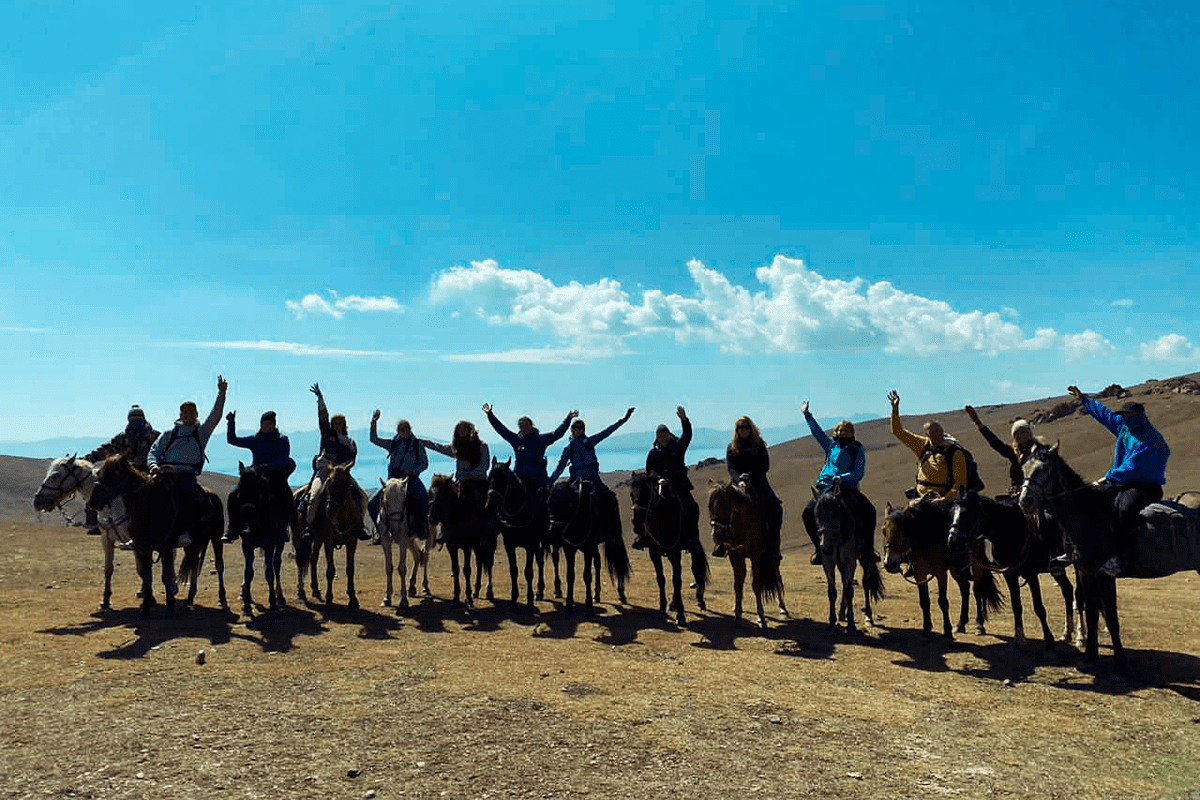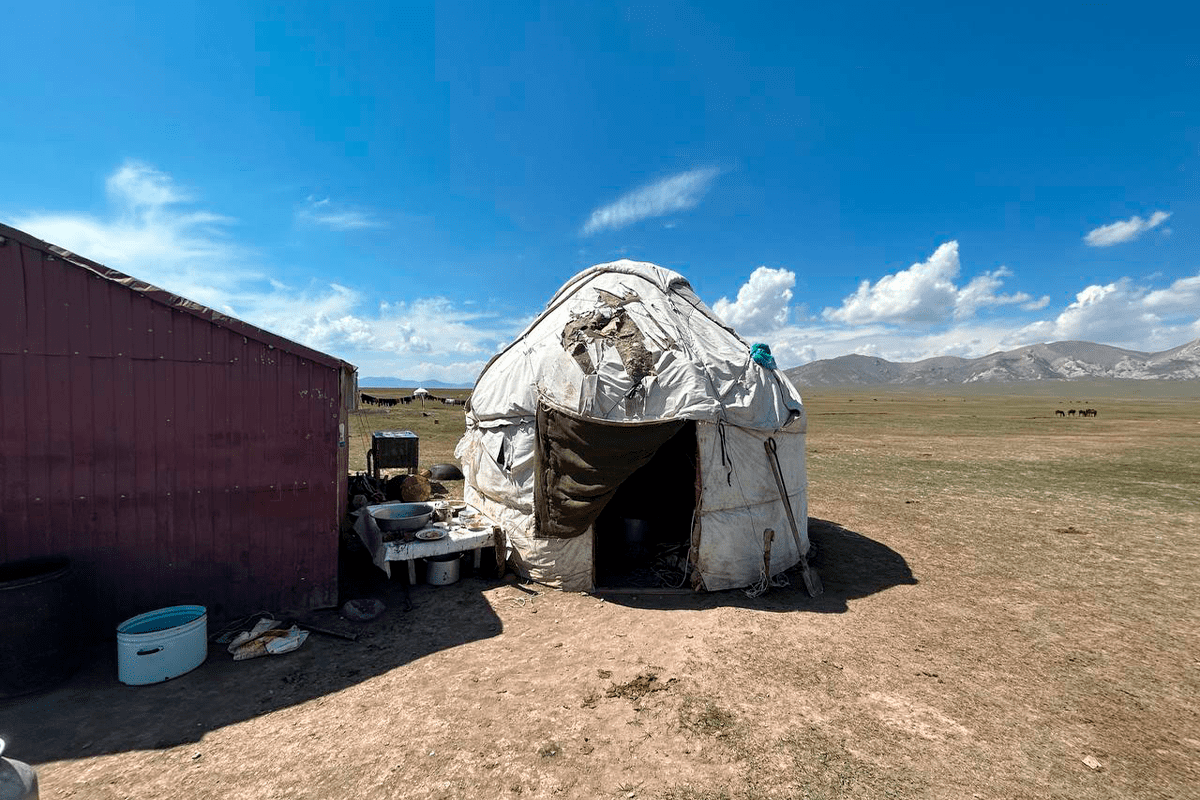Lenin Peak is located in Kyrgyzstan in the Osh region on the border with Tajikistan and has a height of 7134 m. Lenin Peak, known in Tajikistan as Ibn Sina Peak, and in Kyrgyzstan proposed to be renamed Manas Peak, is the third highest peak in the CIS and the second highest in Kyrgyzstan. Lenin Peak is the highest peak of the Trans-Altai Mountains and the fifth highest peak of the Pamirs.
The first researcher who discovered the Alai Mountains and their highest peak was Alexey Fedchenko in 1871. Originally, the mountain was called Kaufmann Peak in honor of the first governor of Turkestan. The first peak was reached in 1928 by a group of two Germans and an Austrian. In the same year, the peak was renamed Lenin Peak. Subsequent ascents were made in 1934, 1937 and 1950, despite the repression against climbers and difficulties after the Second World War. Currently, 16 routes have been approved, including nine on the southern and seven on the northern peaks.
Lenin Peak is one of the most popular peaks of 7000 m among climbers because of the relative ease of climbing. Lenin Peak is one day’s drive from Osh, which is another advantage of Lenin Peak. Base camps are set up on Achik-Tash and Onion Meadow. Many climbers use Lenin Peak to gain experience climbing to great heights. Despite the fact that the mountain is considered easy to climb, the weather plays tricks on it: in 1974 a team of eight women died in a blizzard, and in 1990 an avalanche caused by an earthquake claimed the lives of 43 climbers.
Even people with no mountaineering experience can see the mountain if they get to the base camp, but the top is almost always covered with clouds. The peak has the shape of a pyramid with a wide base, and the northern slopes are much steeper than those of other mountains.





